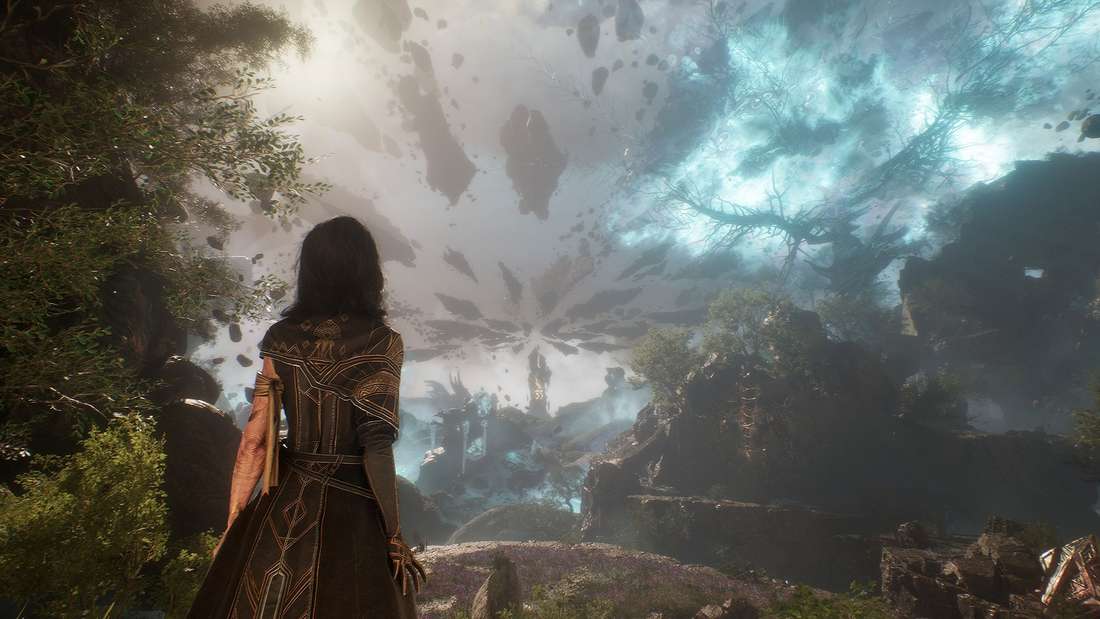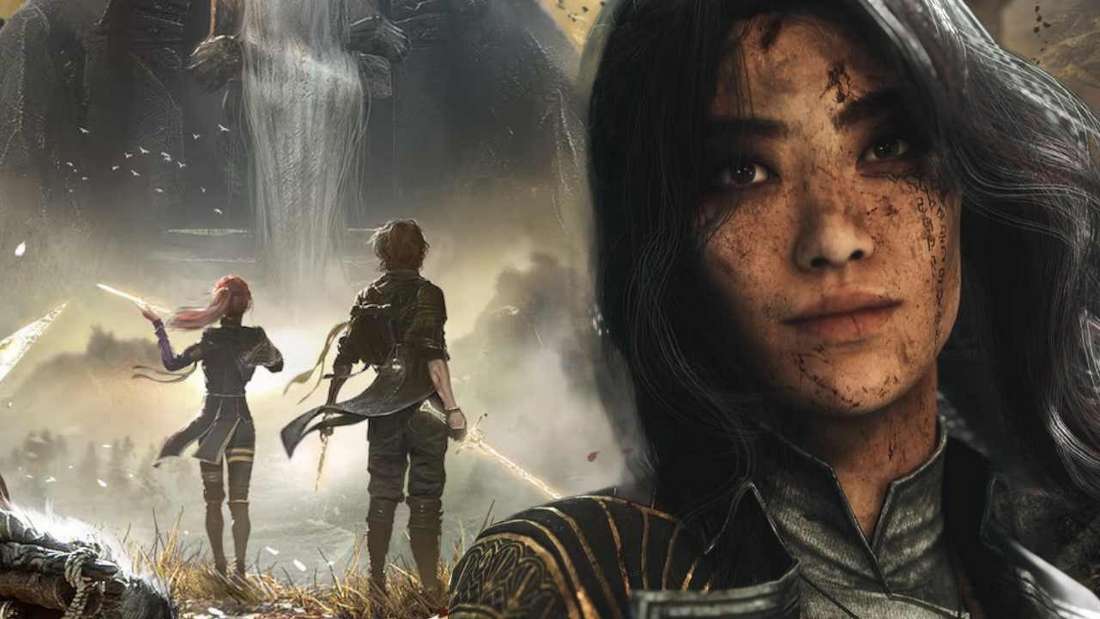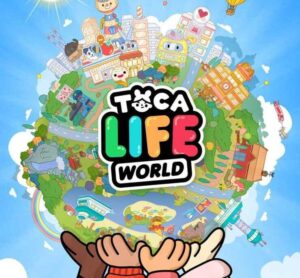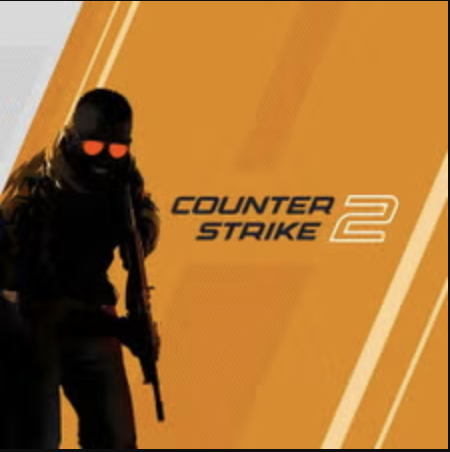The Unfinished Masterpieces: Why ‘Kingdom Come: Deliverance 2’ and ‘Clair Obscur: Expedition 33’ Are the Best Games of the Year I’ll Never Complete
Popular Now
 Roblox
Roblox
 NBA 2K24
NBA 2K24
 Grand Theft Auto VI
Grand Theft Auto VI
 BeamNG.drive
BeamNG.drive
 Garena Free Fire: Kalahari
Garena Free Fire: Kalahari
 Fall Guys
Fall Guys
 Free Fire
Free Fire
 Black Myth: Wukong
Black Myth: Wukong
 R.E.P.O
R.E.P.O
 Rust
Rust
 The year is 2025, and the video game landscape has rarely been richer. Yet, a paradox exists for the dedicated gamer: the most exceptional, deep, and utterly compelling titles are often the ones we fail to see through to the credits. This year, that dilemma is perfectly embodied by two monumental releases: Warhorse Studios’ Kingdom Come: Deliverance II and Sandfall Interactive’s debut sensation, Clair Obscur: Expedition 33. Both games have delivered experiences that set new benchmarks for their respective genres—the open-world RPG and the turn-based JRPG—and both are destined to remain on my ‘currently playing’ list indefinitely.
The year is 2025, and the video game landscape has rarely been richer. Yet, a paradox exists for the dedicated gamer: the most exceptional, deep, and utterly compelling titles are often the ones we fail to see through to the credits. This year, that dilemma is perfectly embodied by two monumental releases: Warhorse Studios’ Kingdom Come: Deliverance II and Sandfall Interactive’s debut sensation, Clair Obscur: Expedition 33. Both games have delivered experiences that set new benchmarks for their respective genres—the open-world RPG and the turn-based JRPG—and both are destined to remain on my ‘currently playing’ list indefinitely.
The critical and commercial success of these titles—KCD II having sold over two million copies within two weeks of its February 4th release, and Clair Obscur garnering ‘Universal Acclaim’ on Metacritic and surpassing five million sales by October—underscores a market hungry for depth and innovation. However, this same depth is the very thing that makes them a daunting time investment.
 Kingdom Come: Deliverance II: The Uncompromising Historical RPG
Kingdom Come: Deliverance II: The Uncompromising Historical RPG
The sequel to the 2018 hit places us once again in the muddy, politically charged boots of Henry of Skalitz, continuing his quest for revenge and self-discovery across a stunningly realised 15th-century Bohemia. Released on PS5, Windows, and Xbox Series X/S, KCD II leverages a heavily-customised CryEngine to deliver an open-world environment that feels less like a game and more like a detailed, living historical simulation. The sheer scope is staggering, extending the boundaries from the smaller rural areas of the first game to include the bustling, authentic recreation of Kutná Hora and Prague.
The combat system remains the uncompromising core: a first-person, physics-driven melee that demands mastery of directional attacks, parries, and combos. It is a system designed for high-skill ceiling, where button-mashing guarantees a swift and inglorious end. The addition of crossbows and primitive firearms adds new strategic layers, forcing players to manage their fragile, temperamental gear alongside their physical well-being. This focus on realistic detail is a major CPC-driver keyword in the gaming news cycle, appealing to a niche but highly engaged audience.
- Realism and Simulation: Every action, from blacksmithing to lockpicking, is tied to Henry’s skill tree, levelling up only through repeated, actual use. This demands a focused, slow-burn playstyle.
- Non-Linearity and Consequence: Quests are often solvable through multiple, organic paths—stealth, diplomacy, or brute force—with consequences that ripple through the political and social fabric of the world. The complexity means a single quest line can consume hours.
- Immersion Over Expediency: The world does not wait for the player. NPCs follow daily routines, and a simple journey can be complicated by weather, ambushes, or the need for rest and sustenance. This deliberate pacing is the antithesis of modern convenience gaming.
It is precisely this painstaking detail and lack of hand-holding that makes KCD II a monumental time sink. To truly experience Henry’s journey—to master the combat, explore every nook of the map, and complete the vast array of side quests and character arcs—requires hundreds of hours, a commitment that few can sustain without breaks. The journey is the reward, but the destination feels eternally out of reach.
Clair Obscur: Expedition 33: The Reactive Turn-Based Revolution
In stark contrast to the gritty realism of KCD II, Clair Obscur: Expedition 33 transports players to the fantastical, Belle Époque-inspired world of Lumière. Launched on April 24, 2025, this title shattered expectations for the turn-based RPG genre by introducing a reactive, real-time element that revitalises classic JRPG mechanics.
The premise is deeply compelling: an annual curse painted by the mysterious Paintress erases everyone of a specific age. With the cursed number ticking down, the stakes are existential for the Expedition 33 team, led by characters like Lune and Gustave, who have one year left to break the cycle. The game’s narrative depth, praised as “the best story ever written in gaming” by some users on Metacritic, provides a powerful premium content hook.
The combat system is the true star and the reason for the game’s extraordinary engagement loop. While rooted in turn-based strategy, players must execute real-time actions—timed dodges, parries, and counters, often involving quick-time events—to mitigate damage and maximise offensive output. This fusion means even standard encounters require full, moment-to-moment concentration, turning the typically relaxed genre into an intense, high-stakes experience.
- Required Mastery: Unlike traditional turn-based games, successful defense is not guaranteed by stats alone but by player skill and timing. This introduces a “Souls-like” challenge into the JRPG framework.
- Extensive Customization: The crafting of unique “Expeditioner” builds—via gear, stats, skills, and character synergies—offers immense strategic depth, catering directly to the high-value audience interested in “best builds” and “meta-strategy.”
- Expansive World Exploration: The game features a classic RPG-style World Map connecting over a dozen primary dungeon-like locations, filled with secrets, side quests, and optional bosses. The need for full exploration to unlock new traversal abilities and optimal gear makes the journey lengthy.
For a completionist, the combination of difficult, high-concentration combat, the extensive character customization, the multitude of side quests, and a lengthy New Game Plus mode represents an investment that borders on the professional. The intense focus required means that after a long day, picking up Clair Obscur is a commitment, not a casual distraction, leading to long breaks and, ultimately, an unfinished playthrough.
 The Completionist’s Dilemma and the Value of Unfinished Games
The Completionist’s Dilemma and the Value of Unfinished Games
The brilliance of Kingdom Come: Deliverance II and Clair Obscur: Expedition 33 lies not in their endings, but in the journey itself. They represent a design philosophy that respects the player’s intelligence and time—by demanding so much of it. They eschew simple microtransaction-driven progression for genuine player mastery, a trait highly valued in core gaming circles. For content creators and professional reviewers, these games are a goldmine, offering endless hours of gameplay content and strategic guides.
The reason I and many others will likely never see the final cinematic is simple: these games are too good to rush. The need to savour every complex skirmish in Bohemia and every perfectly timed parry against a Nevron in Lumière necessitates a slower, more deliberate pace. They are not disposable entertainment; they are experiences that require a significant mental and temporal investment.
In a world of fast-food gaming, KCD II and Clair Obscur are multi-course banquets. I may not reach the dessert, but I will thoroughly enjoy the appetisers and main course for years to come. They stand as a testament to the fact that the best games of the year are often those whose very quality makes them impossible to fully consume.
The true cost of these experiences is measured not in dollars, but in the commitment of one’s most valuable resource: time. And for a game that provides this much value per hour, that is an excellent return on investment, even if the final chapter remains unread.








